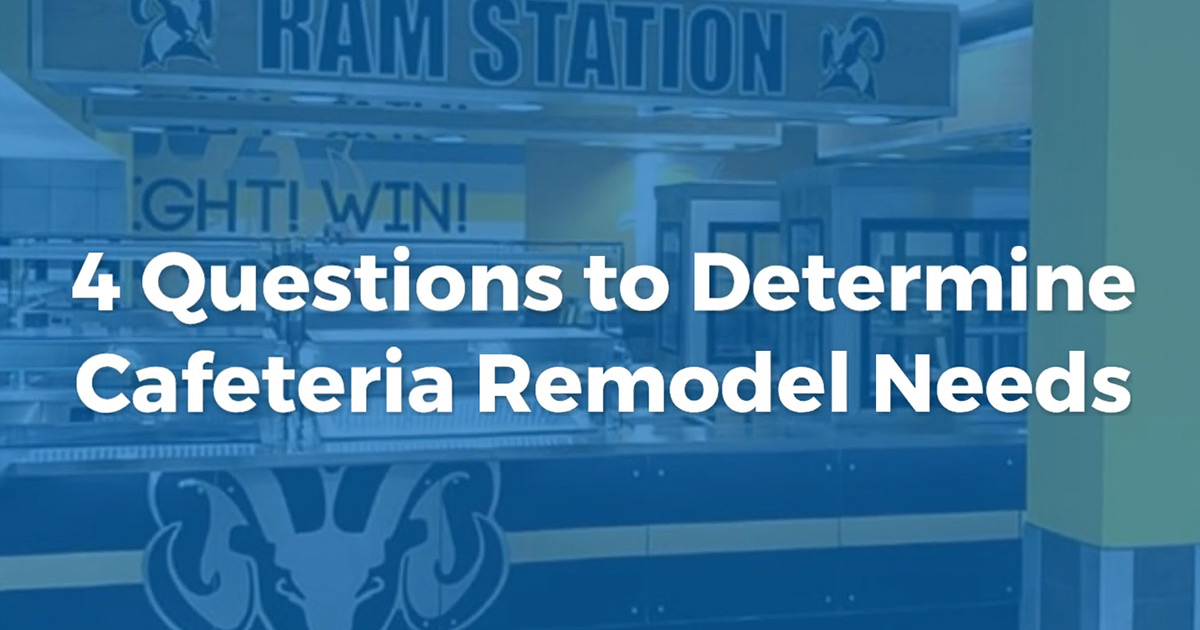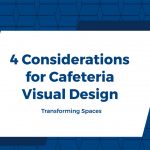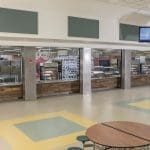Watch our video guide that outlines four visual keys to increase participation, engagement, and comfort…
4 Questions to Determine Cafeteria Remodel Needs
Embarking on a school cafeteria remodel? Start with a need, not the equipment. Watch this to get your project going in the right direction. Then explore our design process and capabilities.



